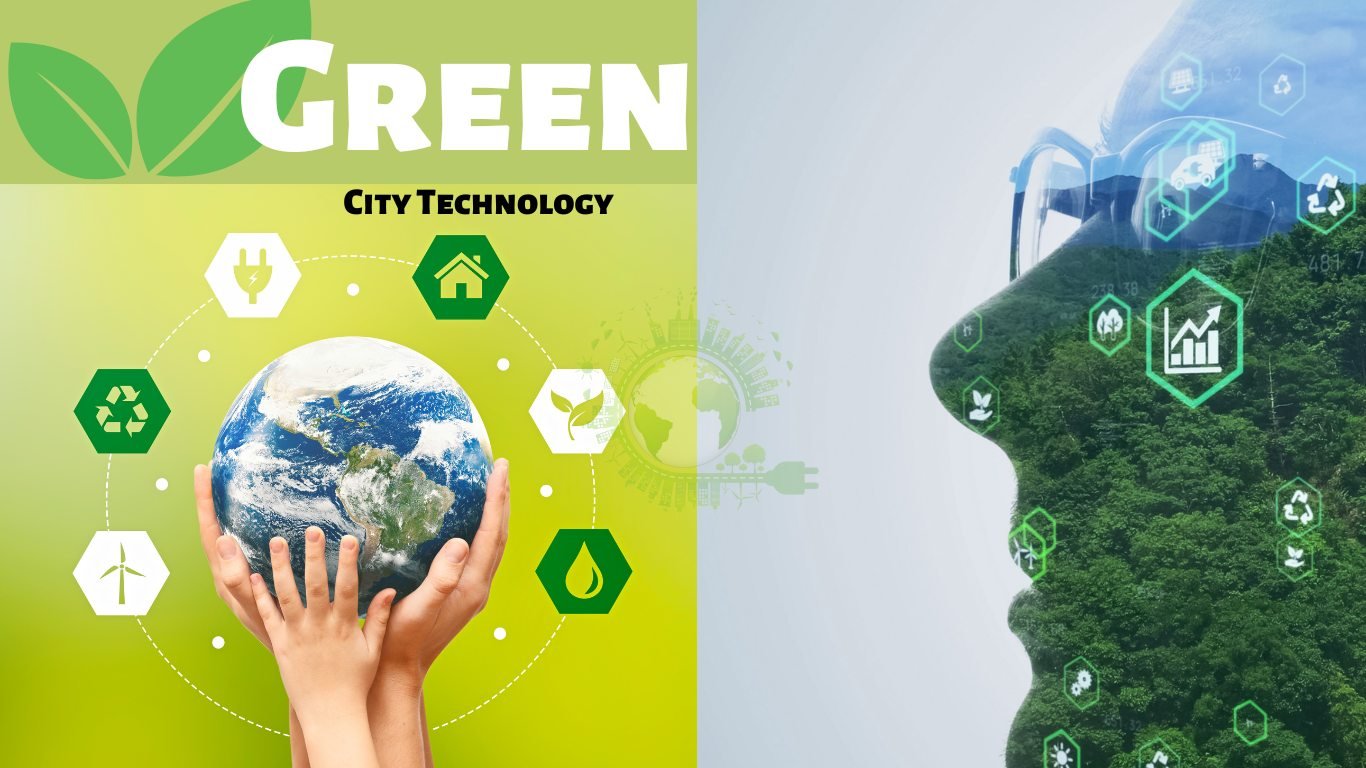The Benefits and Advantages of Green Technology and Sustainable Cities
Aaron Alston
. 4 min read
A sustainable city is one that incorporates environmentally friendly practices, green spaces, and supporting technologies to reduce the negative impact it has on the planet. Green spaces are especially important to a sustainable city. However, the term "sustainable" refers to something that goes far beyond the effects on the environment. When a city provides its residents with services that improve both their immediate and long-term wellbeing, it has achieved true sustainability. At the same time, the city is building its own resilience.

Various Forms of Green Technology
The term "green technology" refers to a broad category that includes many different techniques for cleaning up the environment. Even though climate change and carbon emissions are now considered to be among the most urgent issues on the global stage, there are still many efforts being made to address environmental hazards on a local level. Some people are interested in preserving particular ecosystems or extinct animal populations.
The treatment of wastewater: Although there aren't many technological advancements being made in this area, the ones that are there are significant. The development of membrane filtration, microbial fuel cells, nanotechnology, and the creation of biological treatments as well as natural treatment systems like wetlands are among the most important recent advances.
The complete eradication of emissions from factories: Industry managers are experts in the treatment of emissions, and their management of air pollutants has the potential to significantly reduce the effect of greenhouse gases. Both methane and carbon dioxide are examples of harmful substances that can be released into the atmosphere.
Management of recyclable materials and garbage: The increase in waste generated by both households and businesses has been disproportionate. Companies and individuals alike need to make the commitment to properly manage their solid waste.
Solar Panels: Two solar thermal panels are all that is required to supply a single-family dwelling with all of the hot water that it requires, as their high level of efficiency makes them ideal for this task. Solar panels are an incredible example of green technology that are helping the world to achieve important goals, reducing the need for fossil fuels, and as a result, reducing the environmental impact of these fuels.
Lighting with LEDs: LEDs are a fantastic illustration of an environmentally friendly technology that has matured and become affordable. They are able to be used both outdoors and indoors, and they can even be powered by solar energy when used indoors. They are finding applications in a huge range of domains, including the automotive industry, indoor vertical farming, and traffic lights, to name just a few.
What are the Benefits of Vertical Farming and Hydroponics?
Productivity: While conventional farming requires an excessive amount of land and water, vertical farming only needs a fraction of that while producing a higher yield per acre. The ability of vertical farming to produce crops at all times of the year is yet another advantage added to this method.
Resistant to the elements: Conventional farming is vulnerable to erratic weather patterns and a variety of natural disasters, including floods, droughts, and wildfires, amongst others. These kinds of factors are eliminated in the carefully managed environment of vertical farming, which makes the supply chain process significantly more resistant to interruption.
Environmental Conservation: Vertical farming contributes to environmental conservation because it eliminates the need for the traditional farming practice of deforestation, which in turn results in a longer-term reduction in resource consumption.
Biogas: A Sustainable Form of Energy:
The natural process of decomposition known as anaerobic decomposition takes place in the absence of oxygen and results in the production of the biofuel known as biogas. The breakdown of the organic matter results in the release of a mixture of gases, the most prominent of which are methane and carbon dioxide.
A Form of Energy That Can Be Regenerated
All living things, including humans, plants, and animals can provide organic materials. The fact that biogas can produce its own raw materials makes it a sustainable form of energy. It also reduces the potentially damaging impact, as well as improper waste disposal.
Recycling of Spent Materials
It is in everyone's best interest to make use of the wastes and convert them into biogas rather than allowing them to rot away in landfills. The production of greenhouse gases like methane, carbon dioxide, and others is decreased, which in turn reduces the risk to the environment. Wastes are converted into energy that can be used for a variety of purposes, including fertilization, heating, and cooking.
Importance of environmentally friendly technologies:
The use of environmentally friendly technology helps cut down on the amount of energy and water that is consumed, as well as the amount of waste that is produced, our carbon footprint, and the costs associated with running a business.
Decreases in Overall Energy Consumption
Green technology contributes to a decrease in overall energy consumption by focusing on energy efficiency throughout each stage of the product lifecycle. Manufacturing will require less energy thanks to more energy-efficient machinery, and the finished product's energy consumption will be kept to a minimum thanks to environmentally responsible product design. This will result in cost savings for both the company and the consumer.
Lessening of Waste Occurrence as a Result of Recycling
The amount of solid waste that is sent to landfills is decreasing as a result of the increased use of recovered materials. At the same time, the requirement to continually mine our planet for new raw materials is decreasing, which helps to preserve the planet's natural resources.
Enhances Both the Design and Performance of the Product
The design of modern products makes use of powerful digital transformation technologies, such as machine learning and digital twins. The application of green technology makes it possible to manufacture products that are better for the environment and have a lower carbon footprint.
Green Technology: The Key to Reversing Environmental Damage
In the end, green technology gives people the ability to reverse the harmful effects that human activities have had on the environment. Organizations, governments, and communities should all make concerted and ongoing efforts to transition to environmentally friendly technologies and implement those technologies on a more extensive scale. Because of the ease of access provided by this method, more people will be able to use environmentally friendly technology, which will, in the long run, have a significant impact on the environment.
More Stories from
Environmentalists Making a Difference: Meet the Visionaries Protecting Our Planet
This article highlights environmentalists from diverse backgrounds who are making a positive impact on the environment in various ways.
Creative Upcycling: Transforming Plastic Bottles into Eco-Friendly DIY Projects for Sustainable Living
This article provide that the possibilities for creative and practical uses of plastic bottles are endless.
Unveiling India's Volcanic Secrets: A Geological Overview
Explore India's unique volcanic history and the enduring forces of nature that continue to captivate scientists and adventurers alike.
Zero-Waste Living: Practical Tips for Reducing Environmental Impact
Discover the power of zero-waste living as this article offers practical tips and actionable advice for reducing your environmental impact.
Eco-Friendly Practices: How Individuals and Businesses Can Make a Difference
Discover the Power of Eco-Friendly Practices: Learn how individuals and businesses can contribute to a greener world by adopting sustainable measures.










.png?width=40&aspect_ratio=1:1)


.png?width=40&aspect_ratio=1:1)